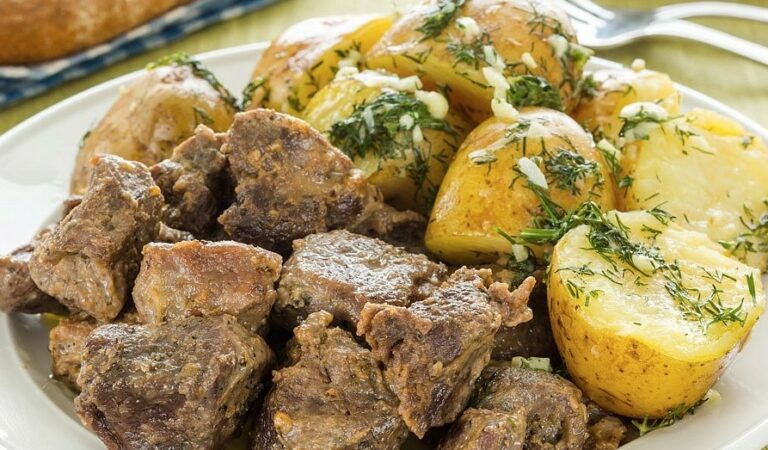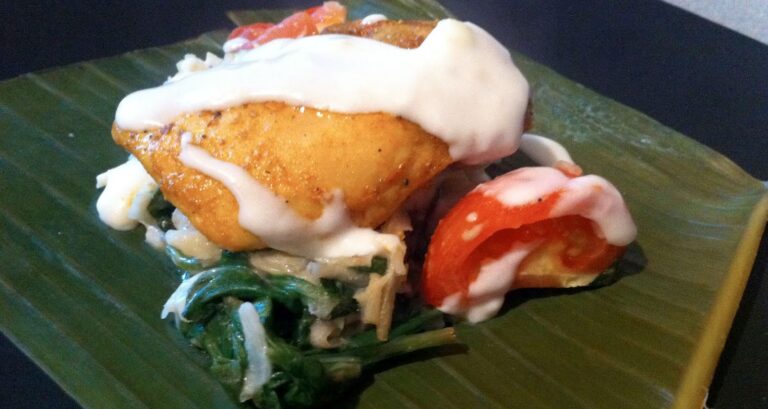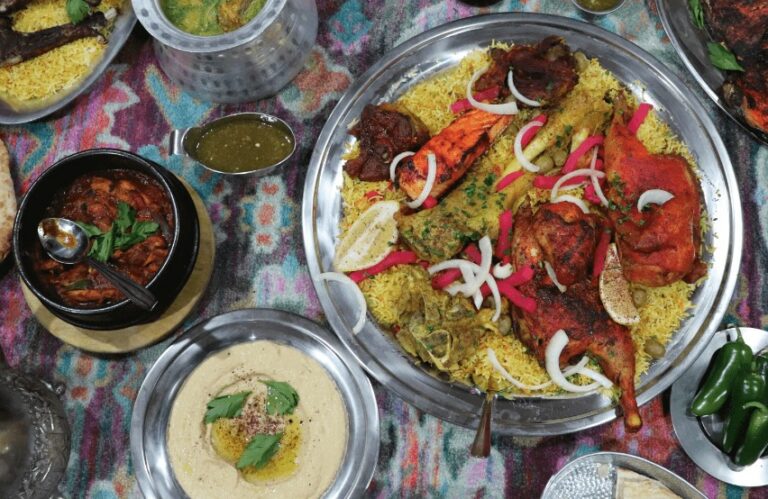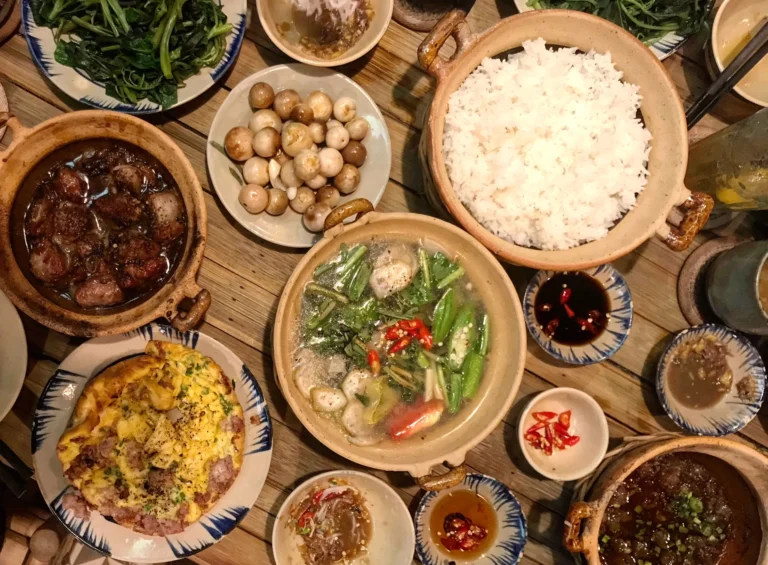Introduction to Turkmen Cuisine
Turkmenistan, a country in Central Asia, has a rich culinary tradition that reflects its nomadic heritage. Turkmen cuisine features a variety of meat dishes, rice, vegetables, and dairy products. The use of spices is minimal, and dishes are often prepared using simple techniques that retain the natural flavors of the ingredients.
History and Significance of Bread in Turkmen Culture
Bread has a special place in Turkmen culture and is considered a symbol of hospitality and respect. Traditionally, bread was baked in communal ovens called tandyr, which were heated using wood or dried camel dung. The bread was then shared among the members of the community, with a portion being set aside for the poor and needy. The tradition of baking bread in tandyr ovens continues to this day, although modern ovens and baking techniques are also used.
Ingredients and Techniques Used in Turkmen Bread-making
Turkmen bread is made using simple ingredients such as flour, water, salt, and yeast. The dough is kneaded by hand, and then left to rise for several hours before being shaped into long, flat loaves and baked in the oven. Some bakers add milk or yogurt to the dough to make it softer and more flavorful. The use of black cumin seeds as a topping is also common.
Types and Varieties of Bread in Turkmen Cuisine
The most popular type of bread in Turkmenistan is called çörek, which is a large, round loaf that is baked in a tandyr oven. Another popular variety is called lepyoshka, which is a smaller, flatter loaf that is often used as a base for sandwiches or eaten with soup. Other types of bread include gözleme, which is a savory flatbread filled with meat, cheese, or vegetables, and churek, which is a sweet, braided bread that is often served during special occasions such as weddings and holidays.
Cultural Significance of Bread in Turkmen Cuisine
Bread is considered a sacred food in Turkmen culture and is often used in religious ceremonies and rituals. It is also an important part of social gatherings, where it is shared among guests as a sign of hospitality and friendship. In addition, bread-making is seen as a skill that is passed down from generation to generation, with many families having their own traditional recipes and techniques.
Popular Dishes and Recipes Using Turkmen Bread
Turkmen bread is used in a variety of dishes, from simple snacks to elaborate feasts. One popular dish is called chak-chak, which is a sweet pastry made by deep-frying small balls of dough and then soaking them in honey syrup. Another favorite is called plov, which is a rice dish that is often served with meat, vegetables, and spices. The rice is typically cooked in a large pot with chunks of meat and vegetables, and then served with pieces of bread on top. Finally, bread is often used as a utensil in Turkmen cuisine, with diners using pieces of bread to scoop up meat and vegetables from a communal plate.












